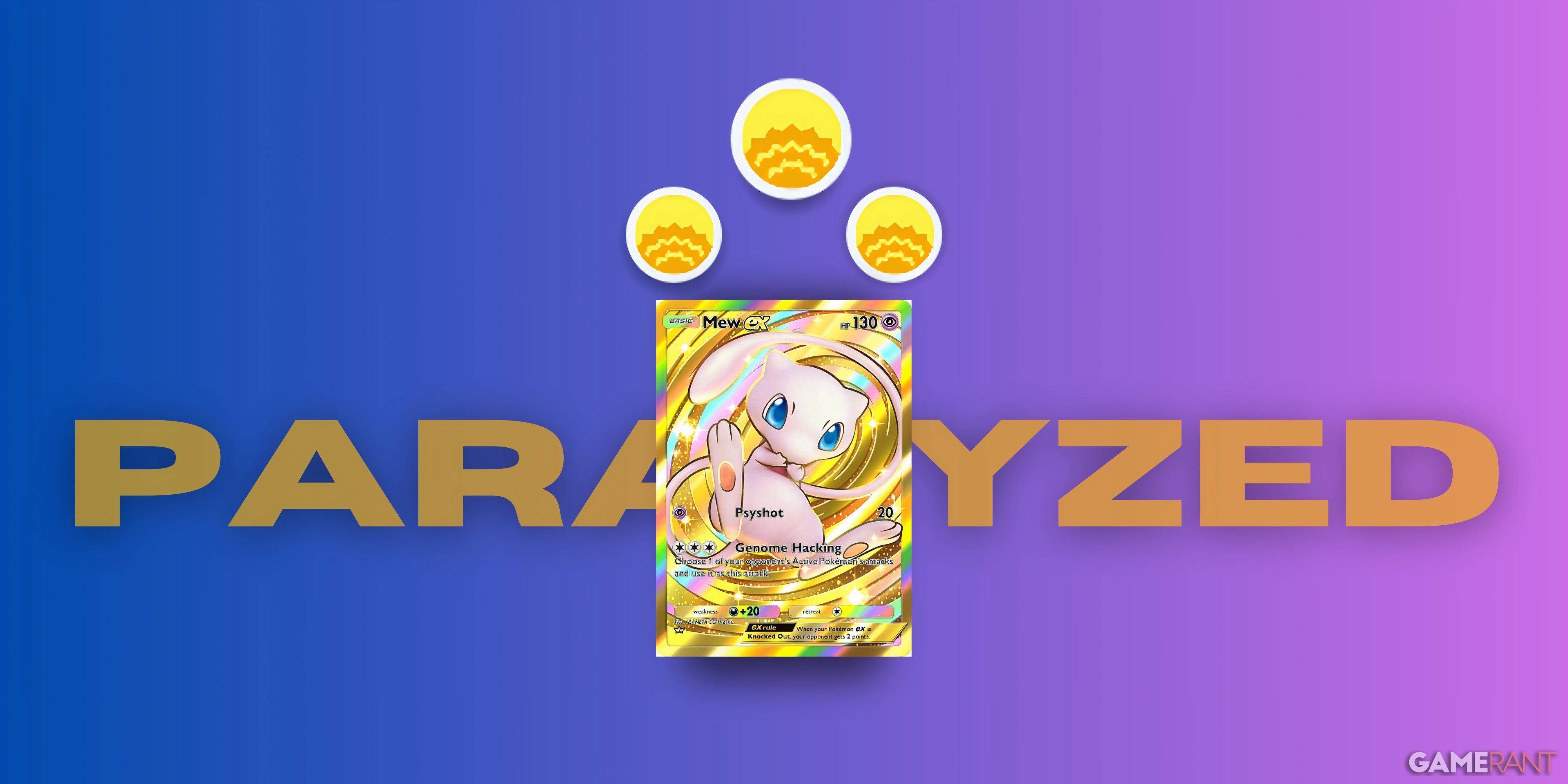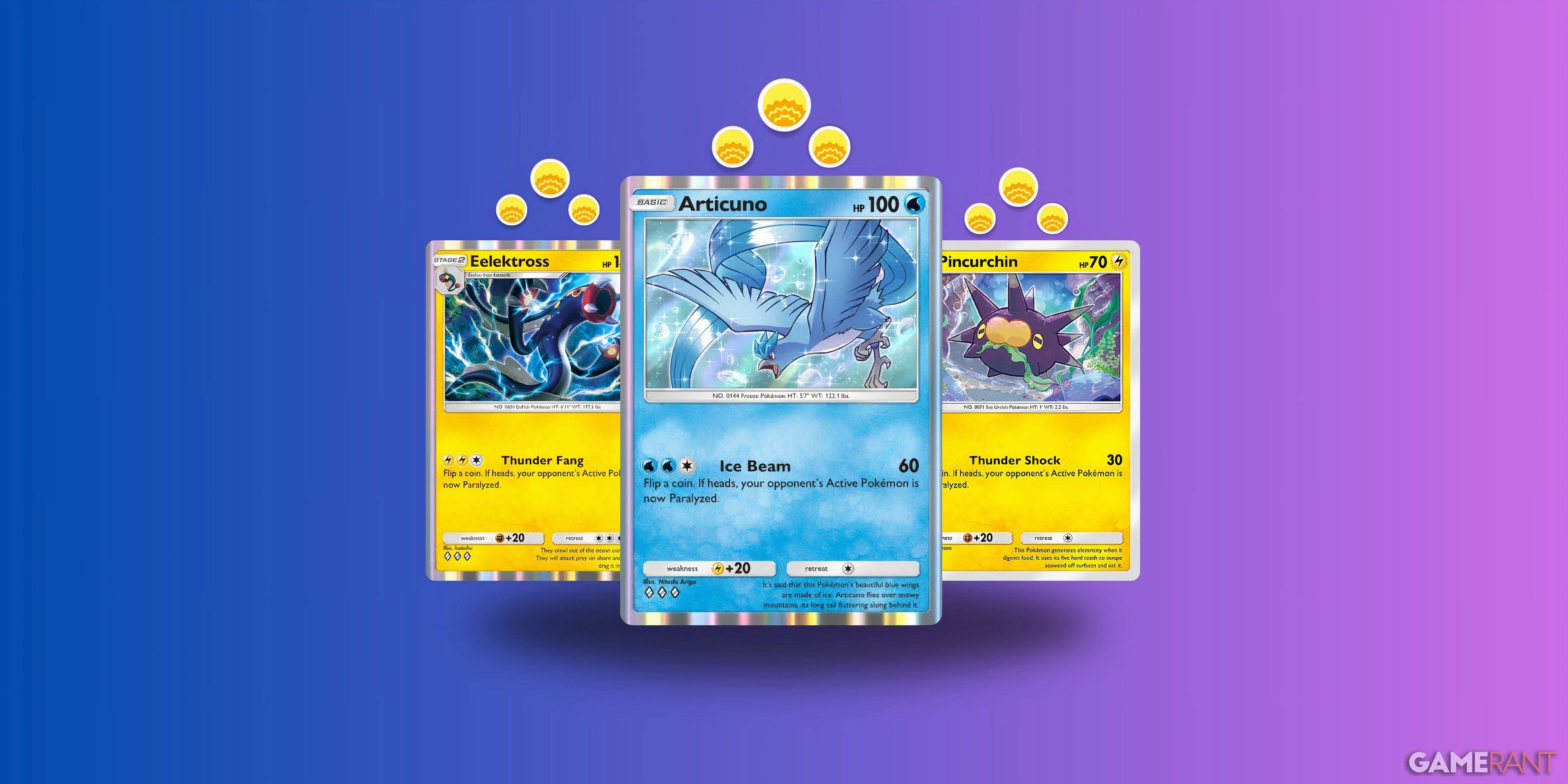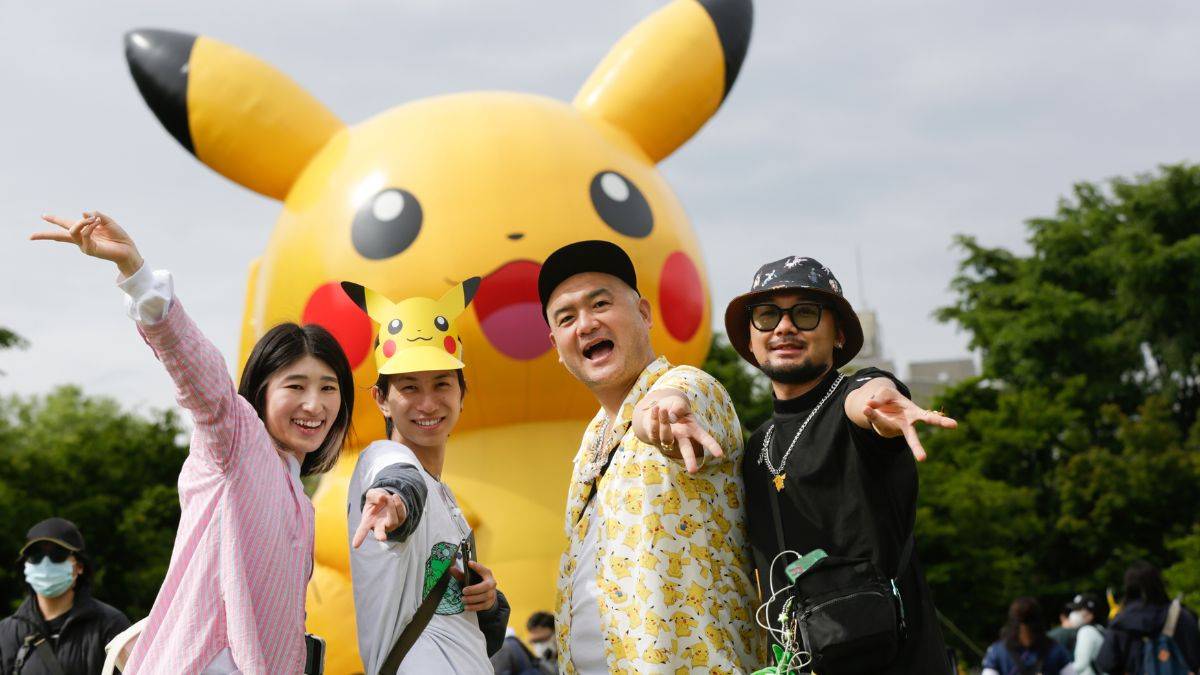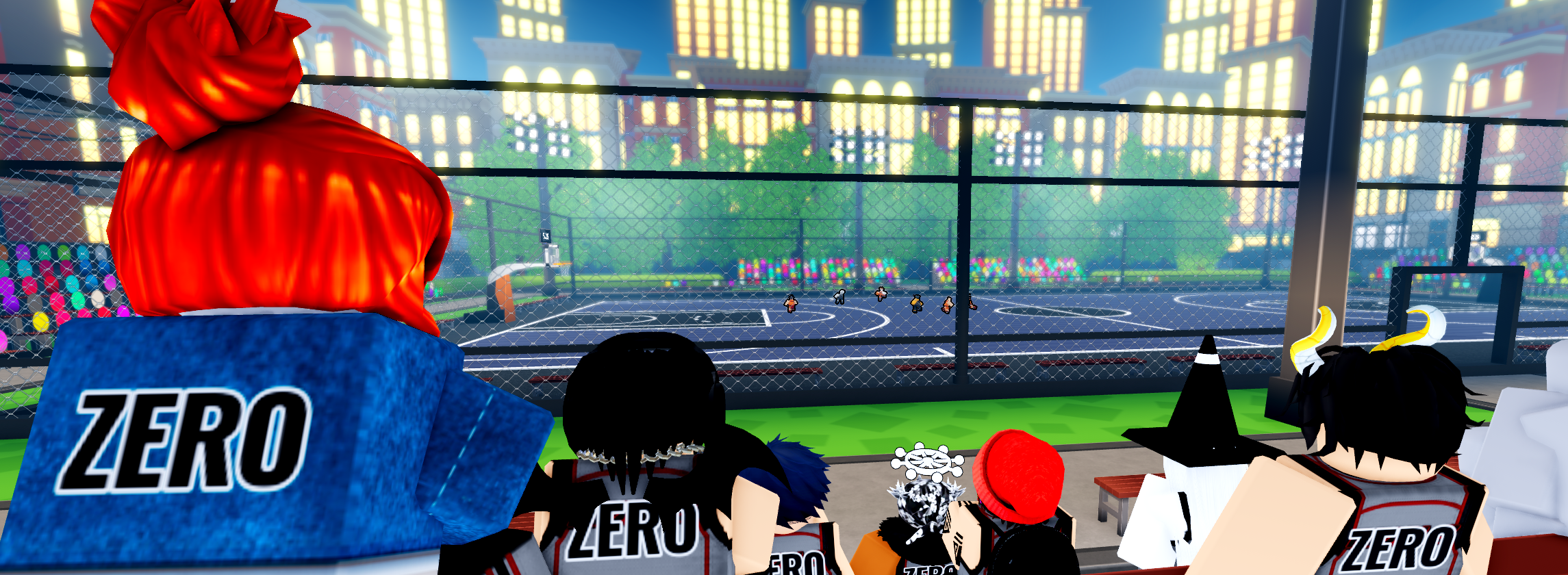Pokemon TCG Pocket: Paralyzed, Explained (& All Cards with ‘Paralyze’ Ability)
Quick Links
- What Is 'Paralyzed' in Pokemon TCG Pocket?
- Which Cards Have the Paralysis Ability?
- How Do You Recover from Paralyzed?
- What Is the Best Paralyze Deck?
Pokémon TCG Pocket brings the thrill of collecting and battling Pokémon cards to your fingertips, faithfully recreating core elements of the physical trading card game. One such element is the Paralyzed status condition, a powerful effect wielded by only a select few Pokémon. While Pokémon TCG Pocket implements Paralysis with slight adjustments, the core mechanics remain true to the original game. This comprehensive guide will delve into the Paralysis condition, explaining how it works, how to overcome it, and strategies for building decks around this impactful status effect.
What Is 'Paralyzed' in Pokemon TCG Pocket?

Paralyzed is a Special Condition that renders your opponent's Active Pokémon immobile for a single turn. This prevents the affected Pokémon from attacking or retreating, effectively neutralizing it for one round. The Paralysis effect automatically dissipates after your opponent's next Checkup phase, just before your turn begins.
Paralyzed vs. Asleep
Paralysis and the Asleep condition share similarities, both incapacitating the opponent's Pokémon by preventing attacks and retreats. However, their cures differ significantly. A Paralyzed Pokémon recovers automatically after the next Checkup, whereas an Asleep Pokémon requires a successful coin flip (heads) or specific counter-strategies, such as evolving the Active Pokémon or forcing a retreat, to wake up.
Paralyzed Rules in Pokemon Pocket vs. Physical PTCG
In the physical Pokémon Trading Card Game, Trainer cards like Full Heal can remove the Paralyzed effect. While Pokémon TCG Pocket currently lacks direct counter-Paralysis cards, the fundamental mechanics of the Special Condition remain consistent: a Paralyzed Pokémon is unable to attack or retreat for one turn.
Which Cards Have the Paralysis Ability?

In the Genetic Apex expansion, only three cards possess the ability to inflict Paralysis: Pincurchin, Elektross, and Articuno. All three rely on a coin flip after their attacks, introducing an element of chance that determines whether the opponent becomes Paralyzed. This reliance on randomness is a significant weakness of this archetype, making it more of a tactical gamble than a reliable deck-building foundation.
How Do You Recover from Paralyzed?

There are four primary ways to cure Paralysis in Pokémon TCG Pocket:
- Wait for the next round: The Paralyzed effect automatically ends at the start of your next turn.
- Evolve the Paralyzed Pokémon: Evolution provides the quickest cure for Paralysis.
- Retreat the Paralyzed Pokémon: Forcing a retreat, perhaps using a card like Koga (if applicable), removes the Paralysis effect, as Pokémon on the Bench cannot have Special Conditions.
- Utilize Support cards: Currently, Koga is the only Support card that directly counters Paralysis, but this only works under specific conditions (e.g., Weezing or Muk). Future expansions might introduce additional counter options.
What Is the Best Paralyze Deck?

Paralysis alone is not a consistently reliable archetype for deck construction. To enhance its effectiveness within the Pokémon TCG Pocket meta, combining it with the Asleep condition is highly recommended. A powerful synergy is achieved with Articuno & Frosmoth, leveraging both Asleep and Paralysis effects through three attack lines: Articuno, Frosmoth, and Wigglytuff ex. Below is a sample Paralyze-Asleep deck build.
Paralyze Deck Details
-
May 27,25Chimera Clan Boss Guide: Top Builds, Masteries & Gear for RAID: Shadow Legends RAID: Shadow Legends continues to push the envelope with its updates, and the Chimera Clan Boss stands out as the pinnacle of PvE challenges. Unlike the straightforward, power-centric battles of traditional Clan Bosses, Chimera demands adaptability, precise turn management, and an understanding of i
-
 Feb 02,25Pokemon GO Fest 2025: Dates, Locations, and Event Details Get ready for Pokémon GO Fest 2025! Niantic has announced the dates and locations for this year's in-person events earlier than usual, allowing ample time for planning. Pokémon GO Fest 2025 Dates and Locations: Niantic has confirmed three locations for GO Fest 2025, all in June: Osaka, Japan: May
Feb 02,25Pokemon GO Fest 2025: Dates, Locations, and Event Details Get ready for Pokémon GO Fest 2025! Niantic has announced the dates and locations for this year's in-person events earlier than usual, allowing ample time for planning. Pokémon GO Fest 2025 Dates and Locations: Niantic has confirmed three locations for GO Fest 2025, all in June: Osaka, Japan: May -
 Mar 28,25Basketball: Zero Codes Released in March 2025 Last updated on March 26, 2025 - Checked for new Basketball: Zero codes!Ready to take your skills to the next level in Basketball: Zero on Roblox? We've got you covered with the latest working codes for March 2025. Use these to score Lucky Spins and cash, boosting your chances of dominating the cour
Mar 28,25Basketball: Zero Codes Released in March 2025 Last updated on March 26, 2025 - Checked for new Basketball: Zero codes!Ready to take your skills to the next level in Basketball: Zero on Roblox? We've got you covered with the latest working codes for March 2025. Use these to score Lucky Spins and cash, boosting your chances of dominating the cour -
 Apr 07,25Atomfall: All Crafting Recipes and Locations Revealed Crafting is an essential survival skill in *Atomfall*, crucial for creating weapons and recovery items. To master this skill, you'll need to gather the necessary crafting recipes. Here's a comprehensive guide to help you locate all the crafting recipes in the game.How to Use Crafting Recipes in Atom
Apr 07,25Atomfall: All Crafting Recipes and Locations Revealed Crafting is an essential survival skill in *Atomfall*, crucial for creating weapons and recovery items. To master this skill, you'll need to gather the necessary crafting recipes. Here's a comprehensive guide to help you locate all the crafting recipes in the game.How to Use Crafting Recipes in Atom
